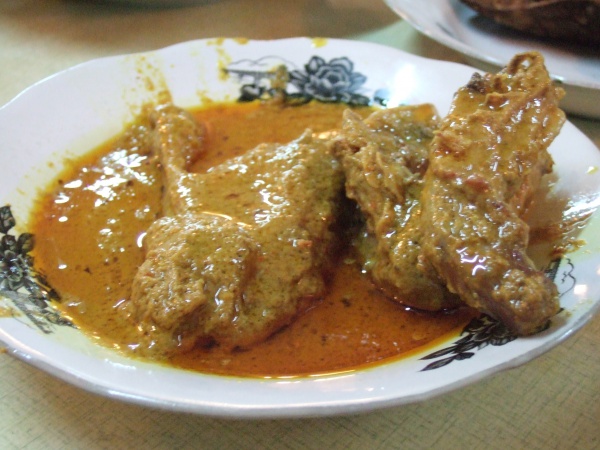Facts About Gulai
Gulai is a cherished Indonesian dish originating from Sumatra, celebrated for its rich, spicy, and tantalizing curry-like sauce. This versatile dish accommodates a variety of main ingredients, including poultry, goat meat, beef, mutton, offal, fish, seafood, and even vegetables like cassava leaves and unripe jackfruit.
The hallmark of gulai lies in its thick, yellow sauce, distinguished by ground turmeric, which imparts its vibrant color. This sauce is a harmonious blend of spices such as turmeric, coriander, black pepper, ginger, and garlic, all expertly simmered in coconut milk alongside the main ingredients.
Often likened to curry, gulai is a cornerstone of Indonesian cuisine and is believed to be influenced by Indian curry. There are numerous regional variations of gulai, each with its own distinctive nuances. In Minangkabau cuisine, for instance, gulai serves as a key sauce to elevate the flavors of meats, fish, and vegetables. The slow cooking process in coconut milk, combined with a robust spice mixture and chili peppers, yields a dish that is both flavorful and fragrant.
Gulai is enjoyed across Sumatra, the Malay Peninsula, Java, and Borneo. In Padang, it is a staple, with popular variations including rendang, asam padeh, and kalio. Each region offers its own take on gulai, resulting in differences in sauce thickness and ingredients. For example, in Minangkabau, Aceh, and Malay cuisine, the sauce tends to be thicker, while in Java, it is often thinner and served more like a soup with meat or offal.
Typically, gulai is served with steamed rice, but some variations, such as goat or mutton gulai, are delightful when paired with roti canai. The complex blend of spices in gulai creates a harmonious flavor profile, making it difficult to discern individual components.

 Brunei
Brunei